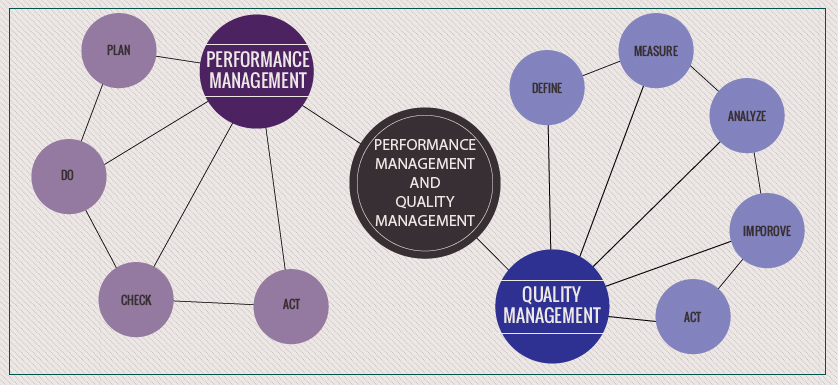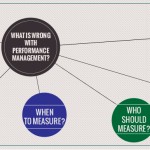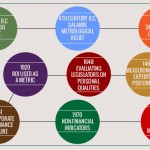PDCA & PDSA: Philosophy and Performance Management
One of the administrative science domains that feeds Performance Management as a discipline is the quality movement. The Plan-Do-Check-Act (PDCA) cycle is at the core of the link between the two fields. It has been promoted and used in its current form for over 50 years. However, its roots can be traced back to ancient Greece.
Socrates (469-399 BC) formulated the dialectic inquiry process based on the idea of questioning and modifying understanding through the conflict of opposing ideas.
This technique was further refined by Aristotle (384-322 BC), who enunciated a method of scientific investigation that employed both dialectics and empirical observations. His deductive reasoning approach combined with inductive elements became the foundation of the western scientific method, influencing philosophy and scientific inquiry for hundreds of years.
The famous Arab scholar Ibn Sina, known to the western world as Avicenna (980-1037), proposed two stages of the scientific knowledge discovery process: conceptualizing what is meant and verifying what is being conceptualized, the basis of what evolved into what is being called the “Avicennian logic”.
Francis Bacon (1561-1626), considered one of the fathers of the scientific revolution, employed such an approach in defining a more modern version of the scientific method, with the balance leaning more towards induction reasoning. The conceptualization becomes a hypothesis and verification is separated into two further steps: data gathering and results analysis.
In the 20th century, Dr. Walter Shewhart (1891-1967) brought this process of inquiry traditionally used in research and education in business organizations. His collaborator and mentee, Dr. Edwards Deming (1900-1993) refined and popularized this concept as the Plan – Do – Check – Act (PDCA). Deming called it the “Shewhart cycle” and later replaced Check with Study, however in common use it remained the PDCA process, referred to as the “Deming cycle”.
In the 1990s, with the ascent of new management concepts such as the Six Sigma and the Balanced Scorecard, the PDCA process morphs into the new mutations. In Quality Management, the Six Sigma methodology employed the DMAIC project methodology: Define – Measure – Analyze – Improve – Control and the DMADV project methodology: Define – Measure – Analyze – Design and Verify.
In Performance Management, when the Balanced Scorecard as a concept needed a more robust application framework in the mid-1990s, the PDCA came to the rescue again. It provided the elements required for migrating the Balanced Scorecard concept from a Management Accounting stage to the Strategic Management stage.
Today, at the dawn of a new phase of the evolution of Performance Management as a discipline, these stages of scientific inquiry of process execution form the essence of the “management” component in “Performance Management”. They illustrate that Performance Measurement is required but not sufficient. Sound Performance Management practices based on the PDCA cycle give context and make the entire journey of improving performance interesting and relevant.

Tags: Aurel Brudan, Management performance, Performance Architect Update, Plan-Do-Check-Act, Plan-Do-Study-Act






